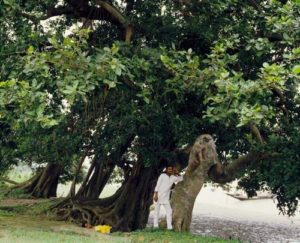Intensive training for young scientists demonstrates key angle of capacity development and value of investments for longer term returns
Shaping a sustainable future
For a group of students in the Democratic Republic of Congo, university learning took on a whole new dimension when they were selected to participate in an innovative capacity development program involving the University of Kisangani (UNIKIS), Forests and Climate Change in the Congo (FCCC) and supported by scientists from CIFOR, ICRAF, CIRAD, University of Cambridge, Musee Royale d’Afrique Centrale and Jardin Botanique de la Belgique.
More than 180 students have since graduated with master’s degrees, while 35 students have successfully defended article-based theses obtaining a PhD. A total of more than 40 peer-reviewed articles have been published by UNIKIS graduates since FCCC was introduced.
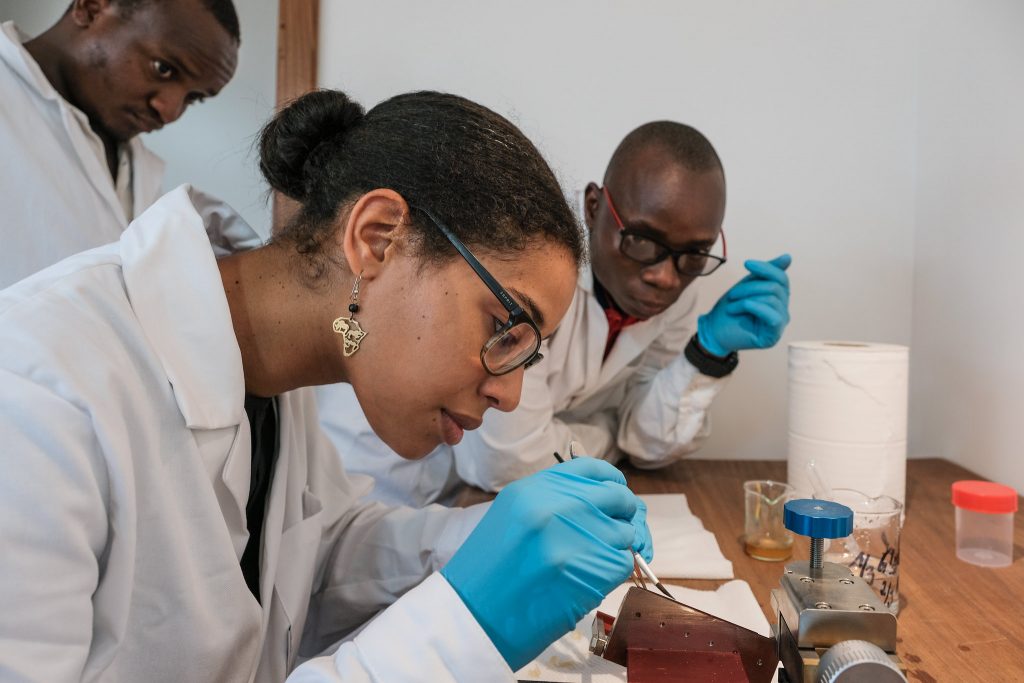
During the four-year, capacity development and governance-focused project, novel teaching methods, joint local and international supervision of students, staff training and an annual “Science Week” held alongside a media training event, which led to a Green Journalists’ Network were introduced.
“This is what capacity building is all about,” said Wardell, who coordinated the program from 2013 to 2016. “A solid education creates a solid foundation on which to develop skills and human resources to better address national and sub-national development objectives.”
Another capacity development program in East Africa financed by the German Academic Exchange Service (DAAD), currently supports 11 Ph.D. candidates with fellowships, but has a broader reach, funding other students and a variety of projects.
In 2015, CIFOR and the U.S. Agency for International Development (USAID), joined forces to design the CIFOR-USAID Indonesia Forestry Fellowship Program. It helps train a new generation of Indonesian environmental scientists, managers and leaders.
Through the program, students joined masters-degree, multi-disciplinary graduate programs at U.S. universities to study forestry, biodiversity, economics, natural resources governance. Students chosen through the program’s competitive selection process studied on site at four universities recognized for their leadership in forestry and environmental education, including: Northern Arizona University; the University of Missouri; the University of Florida and Yale University. Between 2015 and 2019, 20 students graduated and returned to Indonesia.
Other initiatives include ICRAF’s African Plant Breeding Academy of the African Orphan Crops Consortium and training guide of forest genetic resources, which incorporates a Biodiversity International’s gender research fellowship program. Courses and technical workshops hosted by the Global Landscapes Forum Landscape Academy and the Wageningen University & Research Center for Development Innovation have been well-attended and will continue, while the ICRAF-led “Stakeholder Approach to Evidence and Risk-Informed Decision making” serves as a framework for long-term relationship building to integrate research into policy processes.
These initiatives and others support strengthening partnerships and aligning priorities with both National Agricultural Research Systems and new networks, including the Regional Universities Forum for Capacity Building in Africa and the African Network for Agriculture, Agroforestry and Natural Resources Education.
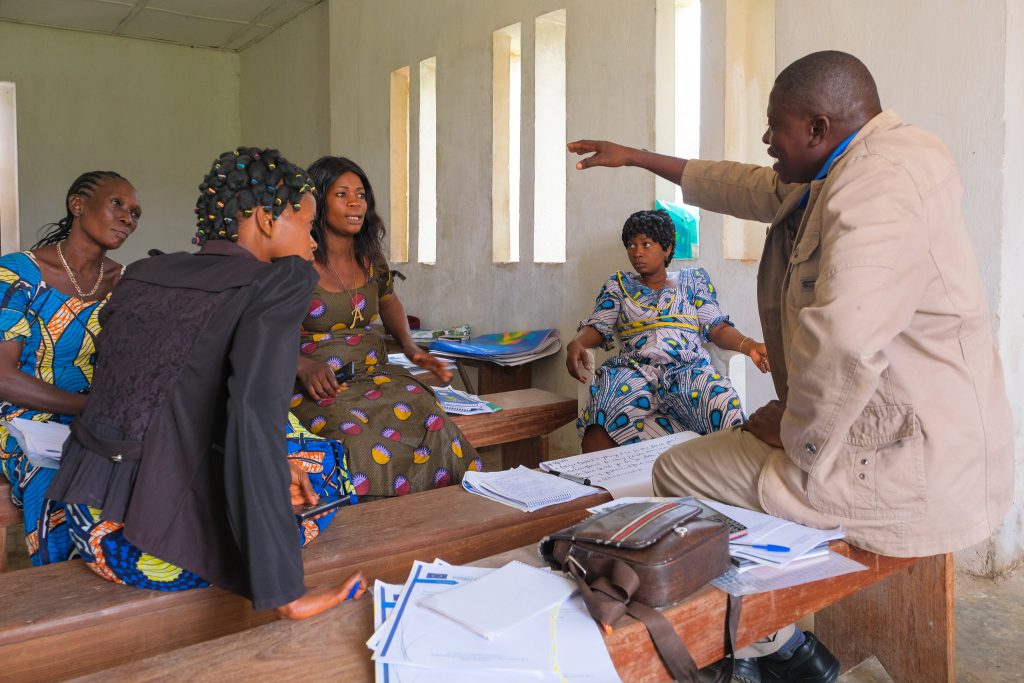
Media training courses and science workshops related to covering forestry, trees, and agroforestry are also under development. An infusion into the media workforce of journalist experts who have been exposed to natural resource management theories can inspire new ideas and methods for delivering messages to the general public.
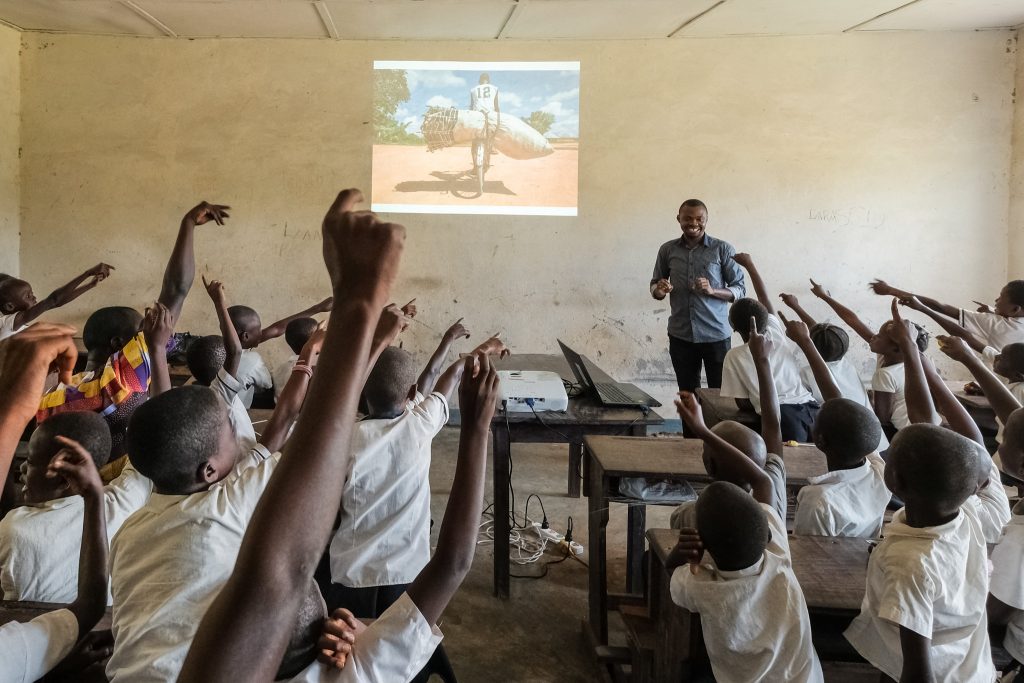
Training and capacity development of staff, partners, stakeholders, journalists and students is a key point of the theory of change of the CGIAR Research Program on Forests Trees and Agroforestry.
Yet, while capacity development has resoundingly been recognized as a vital part of the theory of change, further human and financial resources are required to fully facilitate the adoption of research results into development policy and practice, Wardell said.
“Organizational capacities remain one of the most significant bottlenecks in the research and development sector,” he said. “Thwarting the overall lack of capacity and inadequate use of existing capacities are enormous challenges for research, analysis and development practice, especially in Least Developed Countries.”
This is why the CGIAR Research Program on Forests, Trees and Agroforestry (FTA) developed a specific plan of action.
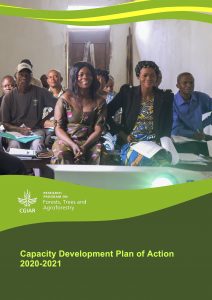
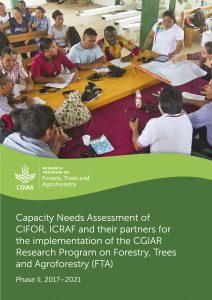
Overall aims include contributing to the overall CGIAR Strategy and Results Framework (SRF) and the U.N. Sustainable Development Goals (SDGs) through five “flagship” themes:
- Tree genetic resources to bridge production gaps and promote resilience
- Enhancing how trees and forests contribute to smallholder livelihoods
- Sustainable global value chains and investments for supporting forest conservation and equitable development
- Landscape dynamics, productivity and resilience
- Climate change mitigation and adaptation opportunities in forests, trees and agroforestry
“Building agroforestry and forestry capacity both within our institutions and with our national partners and future researchers, technical staff, media and policy makers is critical for achieving our ambitions goals and for bringing about real and lasting change – this plan of action will help guide these capacity development efforts,” Bourne said.
This article was produced by the CGIAR Research Program on Forests, Trees and Agroforestry (FTA). FTA is the world’s largest research for development program to enhance the role of forests, trees and agroforestry in sustainable development and food security and to address climate change. CIFOR leads FTA in partnership with Bioversity International, CATIE, CIRAD, INBAR, ICRAF and TBI. FTA’s work is supported by the CGIAR Trust Fund.












